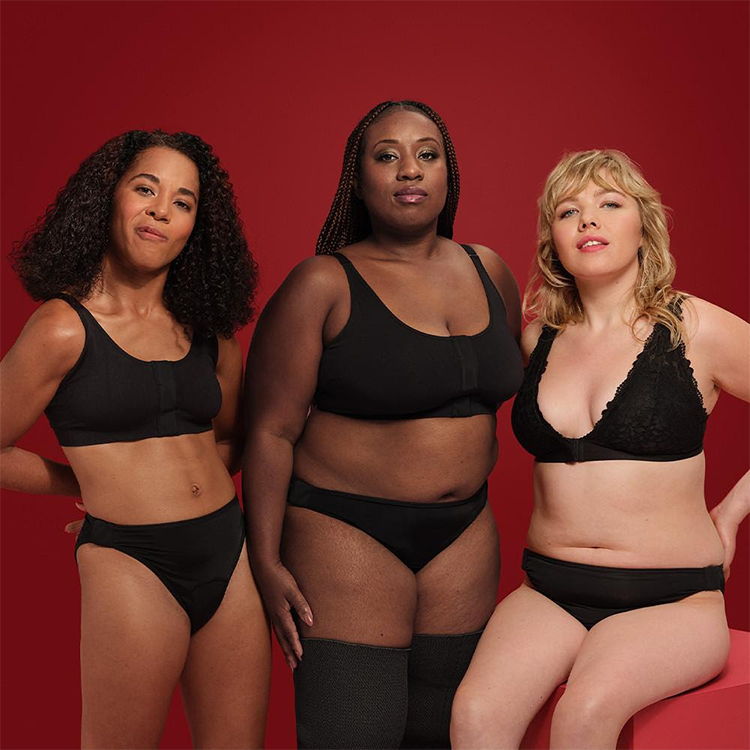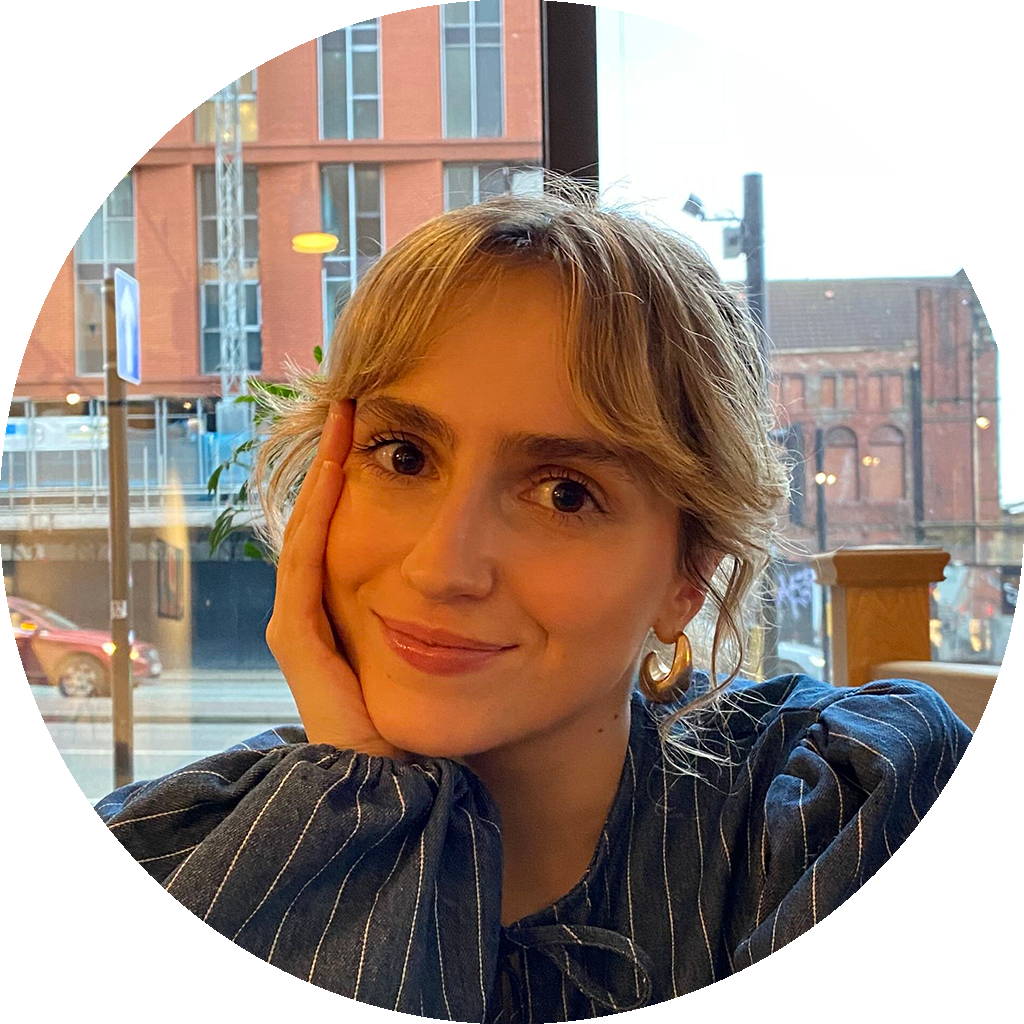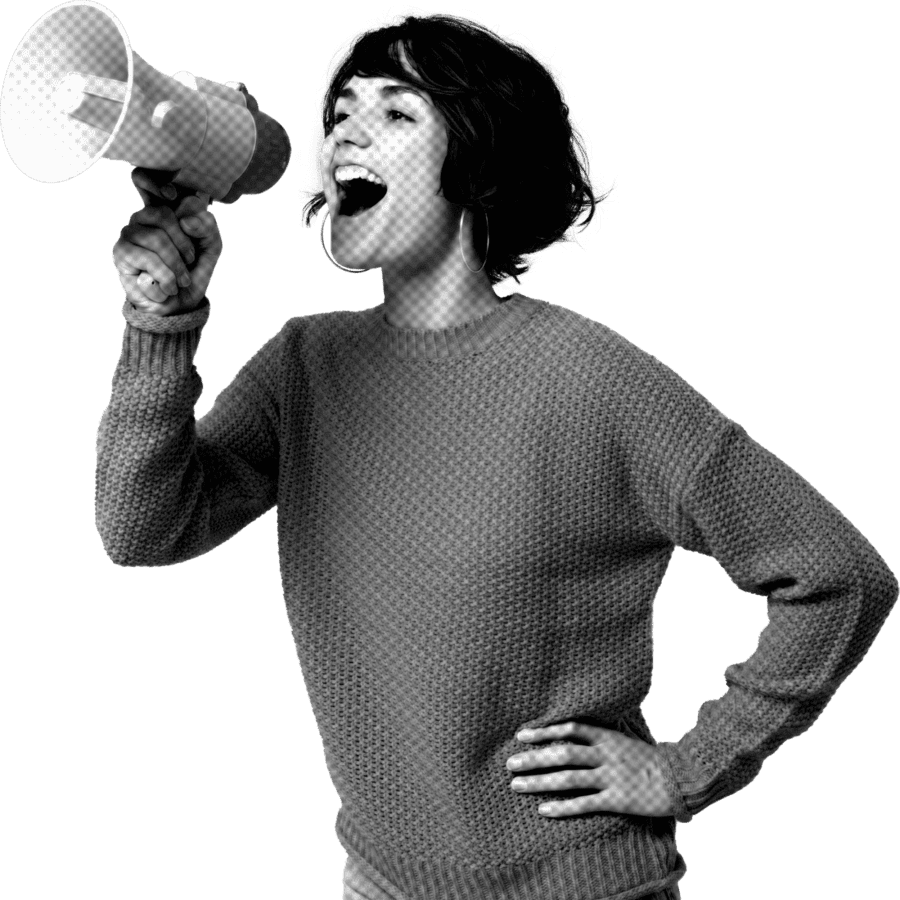The fashion industry has long been a beacon of creativity and innovation, but it has also faced criticism for its lack of genuine inclusivity. It wasn’t until a few years ago that we started seeing a variety of races, body shapes and sizes in marketing campaigns and adverts. While strides have been made, true inclusion requires moving beyond tokenism to authentic representation and integration, and that is especially important for the disabled community, which has been ignored by the industry for years.
This blog post explores the importance of genuine disability inclusion in fashion, provides current statistics, highlights recent examples, and offers actionable steps for brands to enhance their commitment to inclusivity.
Table of Contents
The Misconception of Disability as a Trend in the Fashion Industry
In the same way that you shouldn’t work with the LGBTQ+ community only during Pride Month, or with the Black community during Black History Month, Disability should never be viewed as a trend or a temporary marketing tactic. Unfortunately, the fashion industry has occasionally treated it as such, using disabled models or adaptive clothing lines for short-term campaigns without committing to long-term inclusion. This tokenistic approach fails to address the systemic barriers disabled individuals face and undermines the potential for real change.
This History of Disability Inclusion in the Fashion Industry
The fashion industry’s relationship with disability has been fraught with exclusion and occasional tokenism. In the early 20th century, disabled individuals were almost entirely absent from mainstream fashion. It wasn’t until the late 20th and early 21st centuries that we began to see a slow, albeit sporadic, inclusion of disabled models and adaptive clothing lines. Landmark moments, such as the inclusion of disabled models in major fashion shows and the launch of adaptive fashion lines by brands like Tommy Hilfiger, have paved the way for greater visibility and acceptance.
Why Authentic Representation is so Important in the Fashion Industry
Authentic representation in fashion is crucial because it reflects society’s diversity and promotes acceptance and understanding. For the billions of people worldwide living with disabilities, seeing themselves accurately represented in media and fashion is empowering. It challenges stereotypes, encourages self-expression, and fosters a more inclusive culture where everyone feels valued and seen. It’s not just about showing diversity in advertisements but about integrating it into every facet of the industry, from design to retail. This authentic representation ensures that all individuals, regardless of ability, feel acknowledged and included in the fashion narrative. Everyone gets dressed every day and wears all types of clothes, why are we not seeing this authentically represented in the fashion industry?
Importance of Disability Representation for Fashion Businesses
Authentic disability representation is not only a moral imperative but also a significant business opportunity. The economic power of the disabled community, often referred to as the “Purple Pound,” represents a substantial market that fashion businesses cannot afford to overlook. The Purple Pound in the UK alone is valued at £274 billion annually, demonstrating the immense spending power of disabled individuals and their families. By catering to the needs of disabled individuals, fashion brands can tap into a large, often underrepresented market, leading to increased sales and customer loyalty.
Brands that authentically represent and engage with the disabled community build stronger relationships and foster brand loyalty, enhancing their reputation and public perception. Inclusive practices drive innovation and creativity, resulting in products that are versatile, functional, and appealing to a wider audience. Additionally, as society moves towards greater inclusivity, businesses that embrace disability representation are better positioned to comply with evolving regulations and can become advocates for industry-wide change. Recognising the importance of disability representation allows fashion businesses to unlock the economic potential of the Purple Pound, foster a more inclusive industry, and contribute to a culture of acceptance and diversity.

Disability in the Fashion Industry Statistics
The statistics surrounding disability in fashion underscore the significant need for improvement and highlight the disparities in representation and inclusivity. Despite disabled individuals making up a substantial portion of the global population, their presence in fashion media and advertising remains woefully inadequate. Understanding these statistics is crucial for recognising the gaps and the urgency for change:
- Over 15% of the global population lives with some form of disability, that’s over 16 million people in the UK alone. Despite this, disabled individuals are significantly underrepresented in fashion media and advertising.
- The fashion industry is at the top of industries that consumers expect to be inclusive in their marketing.
- According to the Fashion Spot, only 0.02% of models during major fashion weeks in 2021 were visibly disabled.
- 75% of people with disabilities do not feel that their needs are met by the fashion industry.
Recent Examples of Authentic Disability Inclusion
Adaptive Fashion
Tommy Hilfiger
Tommy Hilfiger’s adaptive clothing line is a prime example of inclusive fashion. Launched in 2016, the collection features modified designs to cater to the needs of disabled individuals without compromising on style. Magnetic buttons, adjustable hems, and easy-to-close fastenings are just a few innovations that make the clothing accessible and fashionable.
Primark
On the high street, Primark also released an adaptive underwear collection in collaboration with the disabled community. With functionality and practicality at the forefront, the team at Primark wanted their customers to look and feel good. This was a great affordable option that showed how some small changes can make a huge difference for millions of customers.

Disabled Models
Nowadays, we’re seeing more and more often disabled models in fashion shows and magazines, however, there’s still a long way to go, and some of the biggest fashions brands are still limiting the models they include every fashion week to just a few sizes, races, and abilities.
Model and disability advocate Jillian Mercado has also broken significant ground in the fashion industry. As a wheelchair user with muscular dystrophy, Mercado has appeared in campaigns for major brands like Diesel and Target and in the pages of leading fashion magazines, challenging norms and setting new standards for representation.
Not long ago, Kim Kardashian’s brand SKIMS, started including disabled models in their campaigns, like Haleigh Rosa, who posed with the brand’s adaptive underwear while sitting on her wheelchair. Rosa’s agency, Zebedee, is one of the companies out there that are working hard to open the door to the industry to models of all disabilities.

Accessible Fashion Shows
At the 2019 New York Fashion Week, FTL Moda made headlines by featuring disabled models on the runway, including amputees and wheelchair users. The event was praised for its inclusivity and for setting a precedent for other fashion shows to follow, demonstrating that beauty and fashion transcend physical abilities.
In the UK, London Represents puts together a show alongside London Fashion Week, featuring the most inclusive, diverse and accessible fashion brands and models. The environment there is amazing, and the venues they choose are incredibly accessible year after year!

Disabled Fashion Designers
A great example of a disabled fashion designer creating some amazing accessible fashion items with the community in mind, is Victoria Jenkins. She’s a garment technologist, and after becoming disabled in her 20s, she decided to create Unhidden as a way to provide the community with good sustainable and accessible fashion choices that have been limited for so long. Her designs include openings for feeding tubes and stoma bags, easy to use buttons, and many more accessible features.
Similarly, Izzy Camilleri, a renowned Canadian fashion designer, is celebrated for her IZ Adaptive line, which offers stylish and functional clothing for wheelchair users. Camilleri’s designs prioritise comfort and accessibility without sacrificing aesthetics, showcasing how adaptive fashion can be both practical and chic.

What Brands and Businesses Can Do to Improve Disability Representation in the Fashion Industry
The fashion industry has some immense power over how society perceives others, especially the disabled community. All customers deserve to 1) see themselves represented in fashion campaigns and 2) be able to purchase fashion items that they can actually wear and enjoy. These are some of the things that fashion brands can do to improve the situation:
1. Embrace Inclusive Design Principles
Brands should adopt inclusive design principles that consider the needs of all customers from the outset. This involves creating clothing that is accessible and functional from the get-go, which doesn’t mean that it cannot be stylish at the same time. It’s important to ensure that disabled individuals do not feel like an afterthought in the design process. By collaborating with the disabled community, brands would make sure that they would end up creating some that will be truly loved and used by all customers.
2. Foster Partnerships with Disabled Models and Influencers
Working with disabled models and influencers helps brands to understand the unique challenges and perspectives of the disabled community. These partnerships can provide valuable insights and help promote authentic representation, making fashion campaigns more relatable and inclusive.
Brands need to showcase the diversity of the world, but also take steps towards creating a more inclusive and accessible world for everyone.
3. Implement Accessibility in All Consumer Touchpoints
Following the previous point, accessibility needs to be at the forefront of all fashion brands. From websites to physical stores, accessibility should be a priority across all consumer touchpoints. This includes providing accessible websites that are navigable with screen readers, adding alt-text, captions and video descriptions to their content on social media, ensuring stores are wheelchair accessible and sensory-friendly, and offering adaptive customer service that meets the needs of all shoppers. All of this can seem like a lot, but working with the community and collaborating with industry experts like the team at Purple Goat, would make the whole process feel a lot easier.
4. DE&I Training
Diversity, Equity, and Inclusion (DE&I) training for all employees is essential to foster an inclusive workplace culture in all industries. Training should cover disability awareness, inclusive practices, and how to support colleagues and customers with disabilities effectively. If you’re new to DEI Training, learn more about what it would entail and what your brand would need to become more inclusive and disability confident.
How Can Consumers Drive Change
Consumers play a critical role in driving change within the fashion industry. By supporting brands that prioritise inclusivity, and holding those that don’t accountable, consumers can influence industry standards. Engaging in conversations about disability representation, advocating for inclusive practices, and choosing to purchase from inclusive brands can collectively push the industry towards true inclusion.
- Support Inclusive Brands: One of the most direct ways consumers can promote change is by purchasing from brands that demonstrate a commitment to inclusivity. By choosing to spend money on companies that prioritise disability representation and accessibility, consumers can boost the market demand for inclusive fashion.
- Raise Awareness: Engaging in conversations about disability representation helps to raise awareness and keeps the issue in the public eye. Consumers can use social media platforms to share information, highlight positive examples of inclusivity, and call out instances where brands fall short.
- Advocate for Change: Advocacy can take many forms, from signing petitions to contacting brands directly with feedback and suggestions. Consumers can join or support organisations that campaign for greater inclusivity in fashion, adding their voices to a collective call for change.
- Educate Themselves and Others: Staying informed about the challenges faced by the disabled community and understanding the importance of inclusive practices is crucial. Consumers can educate themselves about adaptive fashion and share their knowledge with others, fostering a more inclusive mindset in their communities.
- Hold Brands Accountable: Consumers can hold brands accountable by demanding transparency about their inclusivity efforts. This can involve questioning brands about their practices, supporting campaigns that call for better representation, and refusing to support companies that do not take inclusivity seriously.
Conclusion
Moving beyond tokenism to true inclusion in the fashion industry is not just a moral imperative but a business necessity. Authentic disability representation fosters a more inclusive culture, enriches the industry, and empowers a significant portion of the global population. By embracing inclusive design principles, fostering meaningful partnerships, ensuring accessibility, and providing comprehensive DE&I training, brands can lead the change towards a truly inclusive fashion industry.
If your brand is ready to take the next step towards authentic disability inclusion, contact us today to learn how we can help you lead the change in the fashion industry!




